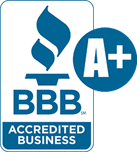Green Products
Dallas and Fort Worth’s Premier Commercial Roofing Contractor

RIDGE VENTILATION
Poor Attic Ventilation Can Ruin Your Insulation, Destroy Your Shingles, And Raise Your Energy Bills!
Proper attic ventilation systems allow a continual flow of outside air through the attic, protecting the efficiency of the insulation and helping to lower temperatures in the living space.
It consists of a balance between air intake (at your eaves or soffits) and air exhaust (at or near your roof ridge).
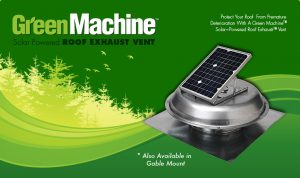
SOLAR-POWERED EXHAUST VENT
Effective attic ventilation is critical for a long-lasting roof — yet most homes have insufficient attic ventilation!
A Solar-Powered Roof Exhaust Vent will help to:
- Remove excess heat and moisture to protect your roof from premature deterioration
- Safeguard your attic possessions against mildew damage
- Limit the growth of harmful mold
- Protect your roof from premature deterioration and roof rot
- Guard against ice damming in harsh winter climates
- Possibly reduce excessive heating and air conditioning costs
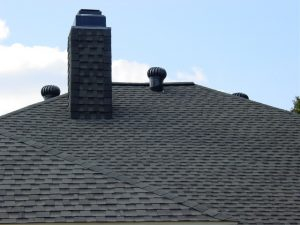
WIND TURBINE VENT
A non-electric alternative to ventilation, these vents use the natural force of wind and air pressure to spin and vent out stale attic air. They do it with a series of specially shaped vanes that catch the wind and provide rotary motion. This pulls hot, humid air from the attic. Turbine vents provide a low-cost ventilation alternative in areas where wind speeds of at least 5 mph are typical.
- Air Vent’s wind turbines are available in both internally and externally braced styles
- Patented Delrin® bearings assure long-lasting, quiet operation with no metal parts to squeak
- Two-piece base fits roof pitches from 3/12 up to 12/12
- Large flashing allows for easy installation
- Galvanized steel or aluminum construction in 12- and 14-inch sizes
- Colors: Mill, Black, Brown and Weatherwood
Benefits:
- Provide year-round ventilation
- Low cost and high efficiency make them an extremely popular ventilation component
Design Considerations:
- Like roof vents, turbines must always be used with adequate soffit venting to meet minimum ventilation code requirements
- Homeowners should not be instructed to cover turbines in winter weather because that would prevent ventilation
- You’ll need to replace your turbine vent when it stops spinning, because properly functioning turbine vents spin with the slightest wind
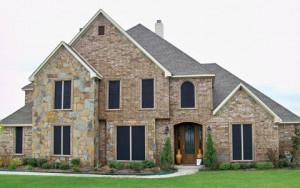
SOLAR SCREENS
What are the Benefits of Installing Solar Screens?
The Home Cooling and Energy Savings potential of solar screens in warm climates are simply Phenomenal.
Room temperature reduction of up to 15 degrees and savings of up to 25-30% of the cooling portion of electric energy costs can be achieved in warm climates. Did those numbers register with you? Most people can’t really understand how effective solar screens are until they get them on their windows. Then they understand.
Do you have “problem rooms” that always seems to be hotter than the others? Can you can walk some rooms and feel the heat? The closer you get to the window, the more you can feel the heat on your skin? Some people even close off certain rooms because they are too hot. Solar Screens are the “Instant Cure” for these heat problems.
Open your blinds and drapes to let in the light and stay cool with your windows covered by external solar screens.
Additional benefits of installing solar screens on your windows is UV Protection for your Drapes, Furniture, Floors Paintings and other valuables to Reduce or Eliminate Fading and discoloration. Another added benefit is Daytime Privacy.
How do Solar Screens Work?
With Solar Screens installed, up to 80-90% of the sun’s heat and glare is reflected, absorbed and dissipated before it strikes the window.
In mid-summer, as much as 230 BTUs can fall on each square foot of unprotected glass. Solar Screens helps cool the home by blocking much of the heat before it reaches the glass.
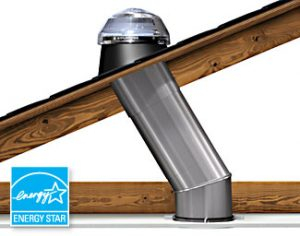
SOLARTUBE
- It provides exceptional lighting. The light output is incredible, providing as much light as you would expect from a skylight many times its size.
- It is cost-effective. Tubular Daylighting Devices cost considerably less than other daylighting options, such as
windows and skylights, including both product and installation costs.
- Installing it is fast, clean and easy. They require no structural reframing, tunneling, drywalling or painting. A professional can install the product in less than two hours and most Do-It-Yourselfers can finish the project in one day.
- It can go almost anywhere. The compact and flexible design of TDDs allow them to be installed in just about any room, including rooms without direct roof access and smaller spaces where daylighting would usually not be an option.
- It is “Green.” TDDs allow you to switch off electric lights during the day, which provides savings on energy bills and also reduces environmental pollution.
- It is actually good for you. It has been shown in several prominent studies that increasing daily exposure to natural light can enhance mental and physical well-being, boost concentration and energy levels and a variety of other unexpected perks.
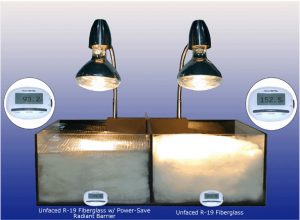
RADIANT BARRIERS
Radiant barriers are starting to become common place in building construction. Whether you are building a new home or live in an older home, it is never too late to add this energy efficient heat reflective foil.
Since installing radiant barrieris an investment in both time and money, be sure to pick a material that will hold up over time while maintaining its stated reflectivity.
When installed properly, our highly reflective foils are extremely effective at reducing both the heat gained in the summer and lost in the winter to make your home more comfortable and save money on utility bills.
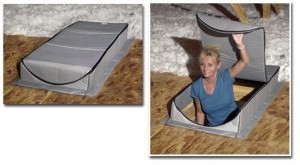
ATTIC TENTS
The Attic Tent solves one of the most common problems in most homes: uninsulated and leaky attic ladder stairs.
Your attic door provides two ways for your home to loose valuable energy. First, it’s basically a hole in the ceiling allowing air to pass through. Newer homes require the attic door to be sealed, but on older homes the attic staircase usually allows air to easily pass through. This is no different than leaving a window partially open. Secondly, most attic stairs are not insulated. This provides a channel for heat to easily pass through; also known as thermal bypass. It is essentially a gaping hole in your attic floor insulation.
The Attic Tent is only intended to be use on staircases within the air conditioned living space (not needed for garages).
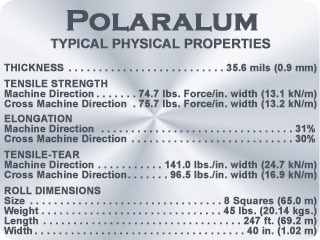
HEAT BARRIER
Heat Barrier Systems, Inc. is fast becoming the cornerstone with new technology in the Roofing and Siding underlayment markets with our product called Polaralum. It has a proven record of over 11 years and is now available for nationwide distribution by Heat Barrier Systems, Inc. Our product is made of light-weight, non-woven polyester with aluminum foil, UV resistant and is highly durable.
This product can be applied to supporting structures behind stucco walls, light weight concrete, flat roof surfaces, under hot tar as well as cold tar applications, metal, clay tile, shingles and various other roofing application products.
With Polaralum facing down under flat roofs and/or pitch roofs, it reduces the Sun’s energy from entering attic and ceiling cavities exceedingly more than applications now being used. On wall applications, aluminum facing either in or out will assist in reducing heat and wind from penetrating through walls. The heat of the Sun’s energy is deflected back through whichever product is installed over the Polaralum system.


